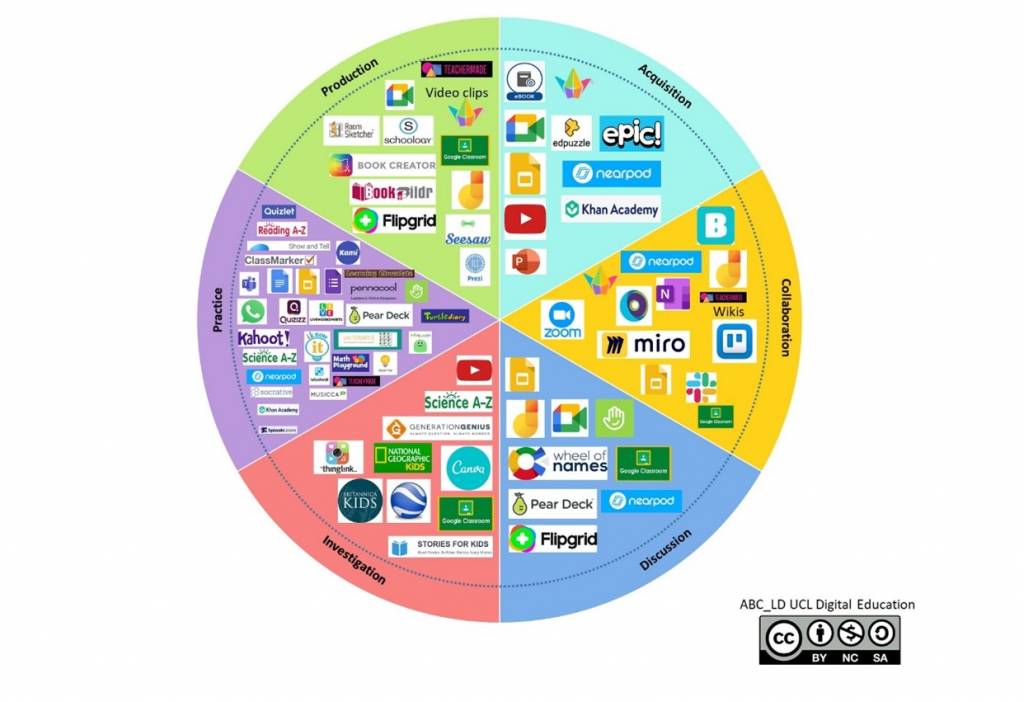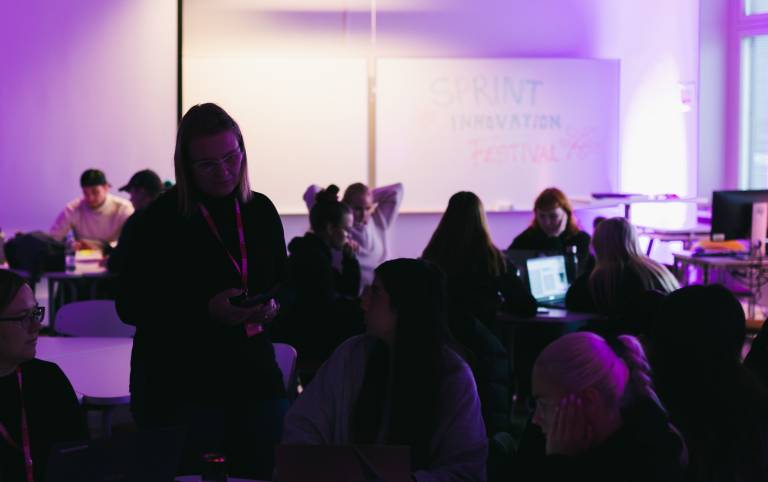During autumn 2021, the Instructional Learning Design for the Distance and Digital Education (15 ECTS) started a massive online training for primary and special needs school teaches in two Caribbean islands; Barbados and Trinidad & Tobago. The main aim was to deepen teachers´ understanding in distance learning pedagogies and support them in applying digital learning opportunities into practice.
During the course, schools were expected to implement a hybrid model including face-to-face classes in small groups. However, all classes were conducted in the online modality. The program is implemented supported by the Inter-American Development Bank (IDB), and with a close collaboration with Ministry of Education, Technological and Vocational Training of Barbados (METVT) and Ministry of education, Teacher Education Performance and Professional Development Division of Trinidad and Tobago (TEPPDD). The training programme is organised by Tampere University of Applied Sciences (TAMK) from Finland.
One of the study modules was focusing on utilizing and applying digital teaching methods creatively and diversely, considering the opportunities offered by technology. The aim was to create awareness of various free online applications in an educational context and increase use of multimodal learning material and sources (online, offline). A big question was, how we could do best to help time-pressured teachers design rich remote and online learning.
The ABC Learning Design model (Young & Perović, 2016) was developed to design and plan learning method based on six learning types. The model is widely used globally to enrich teaching and learning modalities. The ABC model was chosen for the co-creation process to make all digital learning and teaching applications more transparent and visible for teachers in two Caribbean islands.

Co-creation process
Chosen ABC Learning Design model can be tailored easily into co-creation process in online working mode. The model was presented in the synchronous online session (Zoom) and participants were getting familiar with the framework. Then participants had their individual learning assignment to fill in the learning-types columns (Padlet) what applications they have been using and how they have applied applications. After having appx. 200 teachers input to the collaborative Padlet wall; the trainer collected all apps together by creating the visual outlook for the Caribbean ABC model (figure 1).
In the Caribbean context applications based on learning types were e.g.:
- Acquisition: Padlet, ePIC!, Neadpod, edPuzzle, Google Meet, Youtube
- Collaboration: Miro, Zoom, Jamboard, Google Classroom, Google Docs, Classroomscreen
- Discussion: Pear Deck, Flipgrip, Wheel of Names, Google Classroom, Zoom
- Investigation: Thinglink, Canva, Stories for Kids, Science A-Z, Google Earth
- Practice: Kahoot, Reading A-Z, Quizizz, Turtle Diary, Live Worksheet, Whatsapp, Kami
- Production: Book Creator, Seesaw, Prezi, RoomSketcher, Schoology
Peer learning from each other and from one island to another was mentioned inspiringly, and many teachers said that through reading other experiences and practices they could easily adapt new applications for enriching their remote teaching. Some the teachers have even created their own learning design model for their students, to support also parental collaboration.
“I have adapted the ABC Learning Design to show how I have ably responded to remote teaching. This is an indicator of a high level of student engagement which is a necessity in the online or blended learning environment. A wide range of student-friendly applications is used. Students are given tutorials before using the applications and are guided until they become functional. They are reassured that some apps and tools work better with certain concepts.” (Sherry-Ann Hobbs, Barbados)
Reference:
Young, Clive & Perović, Nataša. (2016). Rapid and Creative Course Design: As Easy as ABC?. Procedia – Social and Behavioral Sciences. 228. 390-395. 10.1016/j.sbspro.2016.07.058.
Text:
Sanna Ruhalahti, Principal Lecturer at TAMK Pedagogic Innovations and Culture
Marta Gil-Carcedo Cabezon, Senior Adviser in TAMK Internationalisationand Business Operations
Virpi Heinonen, Key Account Manager in TAMK Internationalisationand Business Operations
Image: Pexels.com





